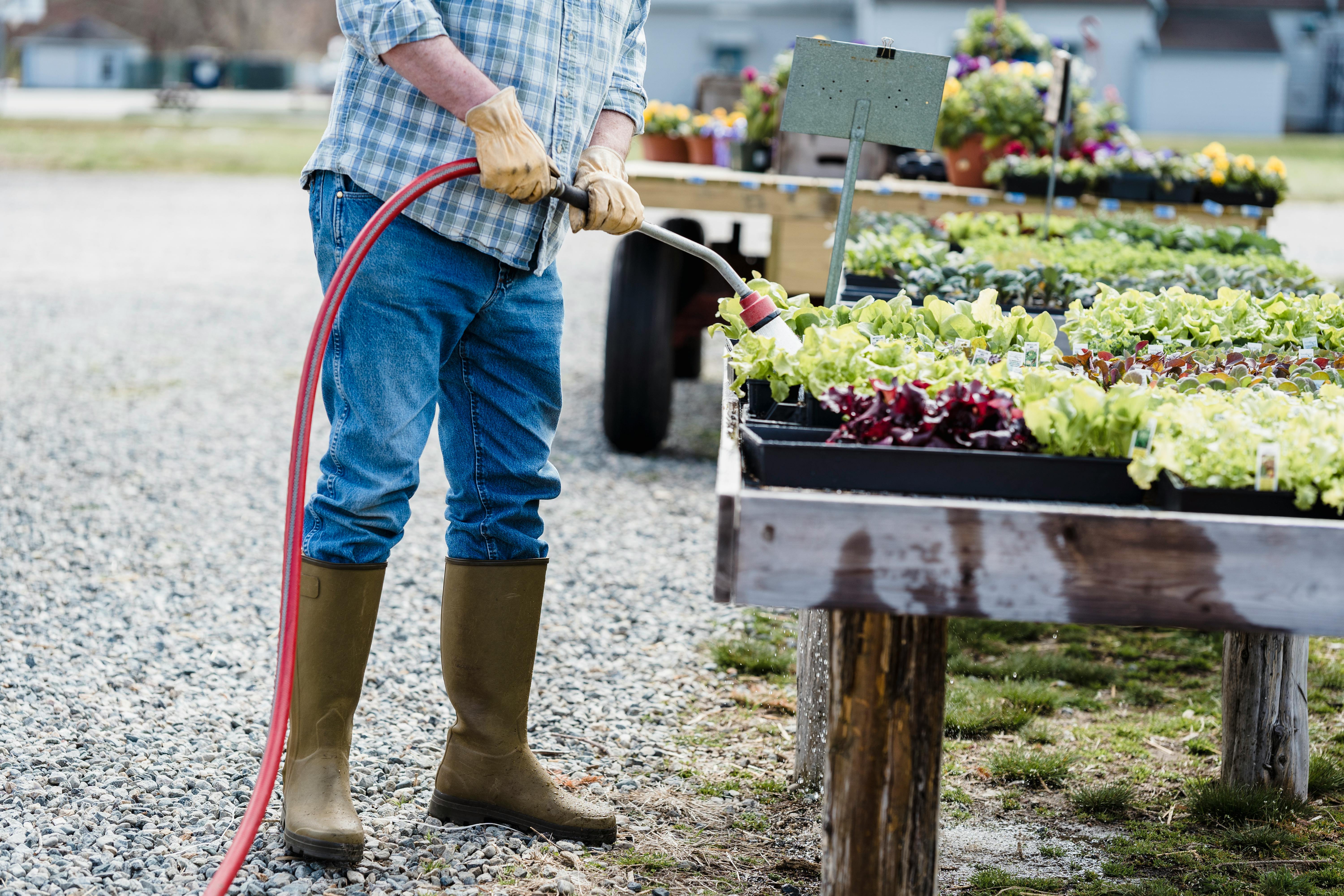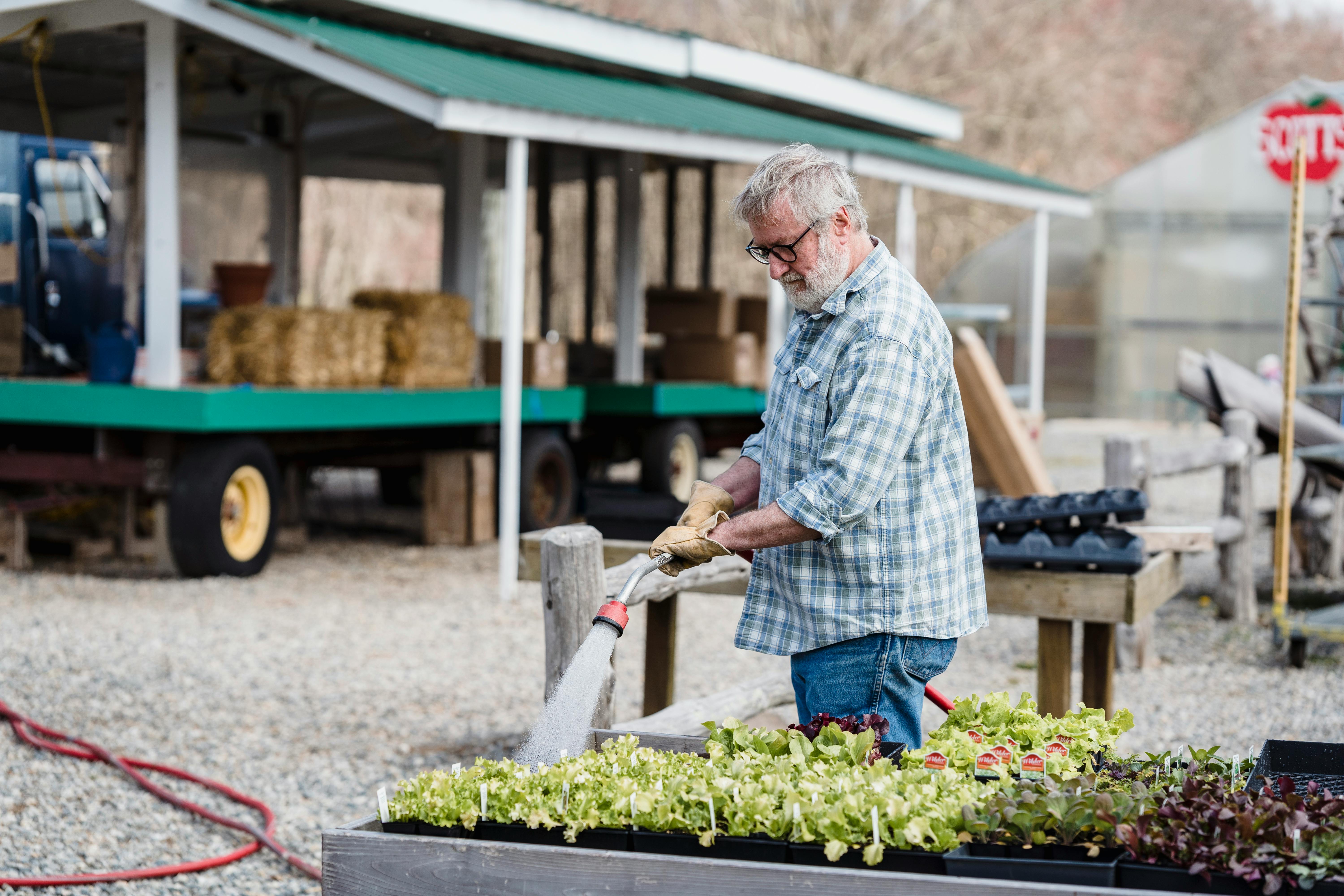Producing distilled water is a simple process that involves boiling and condensing water to remove impurities. Distilled water is a form of purified water that has had all of its impurities removed through distillation. It is often used for medical, laboratory, and industrial applications. The process involves boiling the water to turn it into steam, then condensing the steam back into liquid form. This removes any contaminants such as minerals, salts, and other particles that may be present in the original source of water. In this guide, we will explain how to produce distilled water safely and effectively.Making distilled water at home is a relatively simple process. All you need is a pot, a container to collect the distilled water, and some ice. Here are the steps you need to follow:
1. Fill the pot with water and bring it to a boil.
2. Place the container in which you want to collect the distilled water on top of the boiling pot, making sure that it is not touching the boiling water.
3. Place several ice cubes on top of the container lid, so that as the steam rises from the boiling pot, it will condense on the lid and drip into your collection container as distilled water.
4. Allow this process to continue until you have collected enough distilled water for your needs.
5. Once finished, carefully remove the collection container and pour out any remaining distilled water for use.
What is Distilled Water?
Distilled water is water that has been purified through a process of distillation. In this process, water is boiled and the steam is collected and condensed back into liquid form. This removes any impurities, including heavy metals, minerals, and other contaminants that are found in regular tap water. The resulting distilled water is free from most chemicals and microorganisms, making it a popular choice for many people looking to improve their drinking water quality.
What Are the Benefits of Distilled Water?
One of the main benefits of using distilled water is that it does not contain any contaminants or minerals that can lead to health problems. This means that it can be used to make drinks like coffee and tea without introducing any additional elements into them. Additionally, it can also be used for cleaning purposes, as its lack of impurities makes it ideal for removing dirt and bacteria from surfaces. Finally, distilled water has a longer shelf life than regular tap water due to its lack of bacteria and other microorganisms.
Gather the Equipment Needed to Produce Distilled Water
Producing distilled water at home requires certain pieces of equipment. The most important piece of equipment is a distiller. This can be a stovetop distiller or an electric distiller. Stovetop distillers are the least expensive and simplest to use, but they require constant monitoring and maintenance. Electric distillers are more expensive but they require less maintenance and provide more consistent results.
The other pieces of equipment needed include a large pot or kettle, a heat source such as an electric burner or stovetop, some tubing, a condensing coil, a collection vessel, and some form of filtration such as carbon filters. The pot or kettle will need to be large enough to hold the desired amount of water being distilled. The heat source should be powerful enough to bring the water to a boil quickly. The tubing will be used for connecting the various components together. The condensing coil is used for cooling the vaporized water so that it can condense back into liquid form and be collected in the collection vessel. Finally, some form of filtration should be used to remove any impurities that may have
Pre-Treat Tap Water Before Distillation
Distilling tap water is a great way to purify it so it’s safe to drink. But before you distill your tap water, it’s important to take some steps to pre-treat it. Pre-treating tap water helps remove any impurities or contaminants that may be present, and also ensures that the water is free from bacteria and other microorganisms. This helps make the distillation process more effective and ensures that you get the purest possible drinking water.
One of the most common methods for pre-treating tap water is by using a filtration system. These systems can be either whole house or point of use filters, depending on how much filtration is needed. Whole house filters are better for larger households, while point of use filters are better for smaller ones. Filters can remove a variety of impurities, including sediment, chlorine, pesticides, and heavy metals.
Another method of pre-treating tap water is by adding chemicals such as chlorine or chloramines to it. This helps disinfect the water and kill any bacteria
Boil Tap Water in a Pot or Kettle
Boiling tap water in a pot or kettle is one of the easiest ways to make sure you have safe drinking water. Boiling tap water will kill any bacteria or parasites that may be present. To do this, fill your pot or kettle with tap water and heat it over a stove top or electric burner until it reaches a rolling boil. Once the water reaches a rolling boil, let it boil for at least one minute. After that, remove the pot from the heat source and let it cool before pouring into your cup.
Tap water should only be boiled once to ensure it is safe for drinking. Boiling tap water more than once can cause minerals and other contaminants to build up in the liquid, making it unsafe for consumption. Additionally, if you are boiling tap water for cooking purposes, make sure you check the manufacturer’s instructions to ensure it is safe to use for that specific dish.

Attach the Condensing Tube to the Still
Attaching the condensing tube to the still is an important step in distilling. First, make sure that the condensing tube is securely fastened to the top of the still. You may need to use clamps or other fastening devices to make sure it is firmly attached. Once this is done, you can attach one end of the tube to a water source such as a tap or hose. Make sure that the connection between the tube and water source is secure and tight so that no air can enter and cause an unexpected increase in pressure inside the still. The other end of the tube should then be attached to a cooling device such as a fan, bucket of ice or a water-filled container. This will help keep temperatures down and prevent excessive boiling, which can be dangerous. Finally, check all connections again before beginning distilling and ensure that all valves are tightly sealed so that no air can escape during distillation.
Distill Water in a Clean Container
Distilled water is an essential part of many home and industrial processes. Collecting it in a clean container helps ensure that it is free from impurities, making it safe for use and consumption. Distilling water is a relatively simple process, but it must be done correctly to ensure that the water is free from harmful contaminants. The first step in collecting distilled water in a clean container is to source the water. Depending on your needs, you may be able to find distilled water at the grocery store or online. If not, you can purchase a home distillation kit that will allow you to make your own distilled water.
Once you have sourced the distilled water, it’s important to make sure that the container you use for storage is clean and free from any impurities. It’s best to use a non-porous container such as glass or stainless steel, as these materials are less likely to leach anything into the distilled water. Be sure to thoroughly wash and rinse your container before use and avoid using any abrasive cleaning products or materials that could leave behind residue or particles.
Check the Quality of the Distilled Water Produced
It is important to check the quality of distilled water produced during distillation process. Distilled water is free from bacteria, salts, and other impurities. The quality of distilled water can be tested by various methods such as testing for pH level, total dissolved solids (TDS), and chlorine levels. It is also important to check for any particles or sediment that may be present in the distilled water. If any particles are found, it should be filtered out before use.
The pH level of distilled water should be between 6 and 8. If the pH level is too low then it could indicate that there are too many minerals present in the water. On the other hand, if it is too high then it could indicate that there is an abundance of acidic compounds in the water. The TDS level should be less than 500 ppm and ideally between 0-50ppm for drinking purposes.
Chlorine levels should also be tested as chlorine can cause health problems if it is present at high levels in drinking water. Chlorine levels should be below 0.5 ppm for safe drinking purposes. It is also

Conclusion
Distilled water is a popular choice for a variety of applications, such as medical use, aquariums, and industrial processes. It is also used in many households for drinking and cooking purposes. While it is relatively easy to purchase distilled water from a store, it is also possible to produce it at home through distillation. This process involves boiling water to produce steam, which then condenses into clean water that has been filtered of most impurities.
To produce distilled water at home, all that is needed are a heat source, a vessel to contain the boiling water and steam, and another vessel for collecting the condensed liquid. The process can be sped up by using an electric still or pressure cooker with automated systems. It should be noted that while distillation can remove most impurities from the water, it may not filter out volatile organic compounds or other hazardous chemicals.
In conclusion, distillation is an effective way to purify your drinking water at home without having to purchase bottles of distilled water from the store. As long as you have the necessary equipment and take proper safety precautions when working with heated liquids and steam, you should be able to produce your own high-

